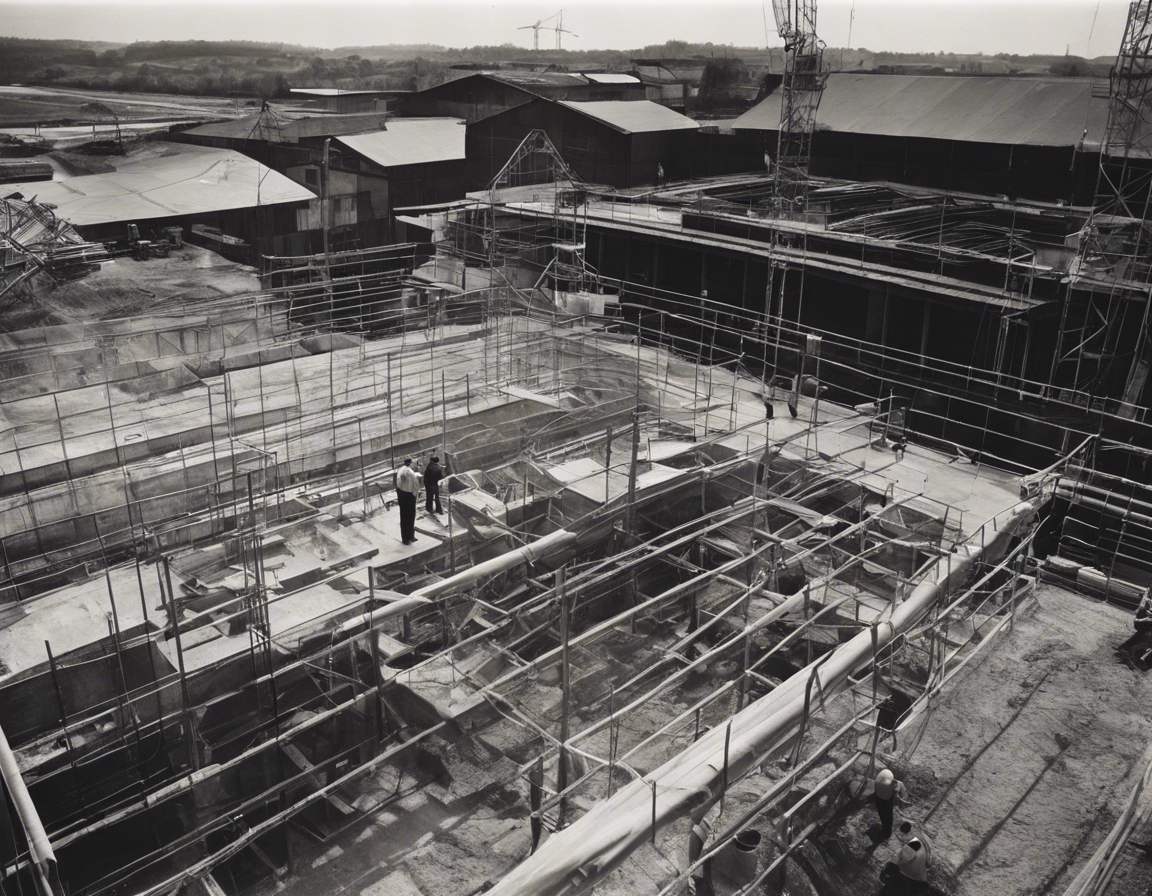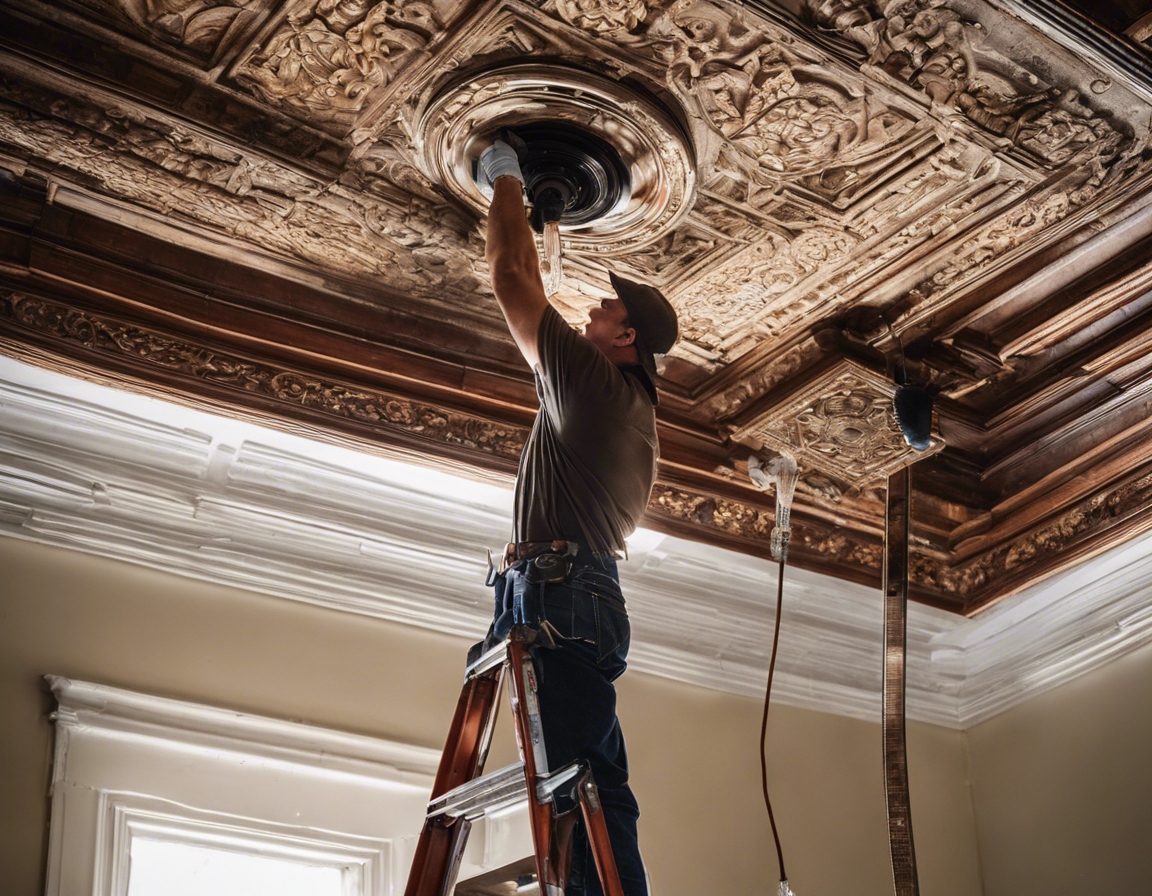The importance of safety in construction
Construction sites are inherently hazardous environments. With heavy machinery, working at heights, and the constant movement of materials and personnel, the potential for accidents is significant. Recognizing these risks is the first step towards mitigating them and ensuring a safe workplace for all involved.
Creating a culture of safety starts at the top. It requires commitment from management and the integration of safety protocols into every aspect of the construction process. This commitment must be communicated to all employees, with clear expectations and consistent enforcement.
Key Safety Standards in Construction
One of the most visible aspects of construction safety is the use of PPE. Helmets, safety glasses, gloves, and high-visibility clothing are essential for protecting workers from common hazards. PPE is the last line of defense and must be used properly to be effective.
Effective site safety management involves regular risk assessments, implementing safety measures, and ensuring compliance with safety regulations. It includes everything from securing the site to prevent unauthorized access, to providing adequate training for workers.
Electrical installations, especially in heritage buildings, require careful planning and execution. Ensuring that all electrical work complies with the latest safety standards is crucial to prevent accidents and preserve the integrity of the structure.
Benefits of Prioritizing Safety
A safe construction site not only protects the workers but also the general public. Effective safety measures can prevent accidents that might otherwise affect pedestrians or neighboring properties.
Accidents on construction sites can lead to significant financial losses through work stoppages, legal liabilities, and increased insurance premiums. A strong safety record can help to minimize these costs.
A commitment to safety can enhance a company's reputation, making it a contractor of choice for clients who value reliability and responsibility, particularly in sensitive projects like heritage conservation.
Implementing Safety in Heritage Conservation
When working on historical structures, it is imperative to balance safety with the preservation of the building's integrity. This often requires specialized knowledge and techniques to ensure that modern safety standards are met without compromising historical value.
Historical sites may present unique challenges, such as fragile structures or hazardous materials. Workers must be trained to recognize and navigate these challenges safely and respectfully.
Modern Safety Innovations in Construction
Advancements in technology are continually improving construction safety. From wearable tech that monitors worker health to drones that inspect hard-to-reach areas, these innovations are making construction sites safer and more efficient.
Continuous training and education are vital to maintaining a safe construction environment. Workers must be up-to-date on the latest safety practices and regulations to adapt to the ever-changing landscape of construction safety.






Comments (0)